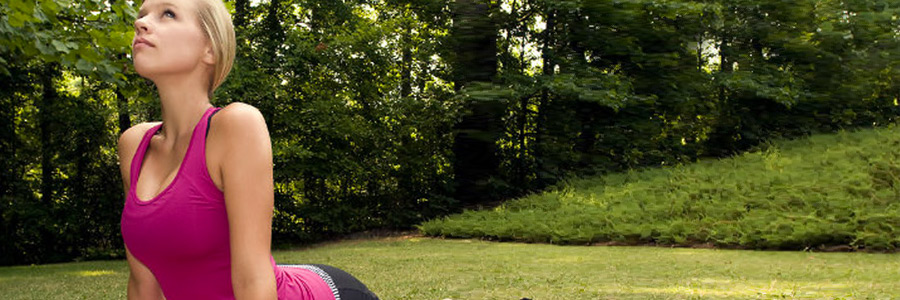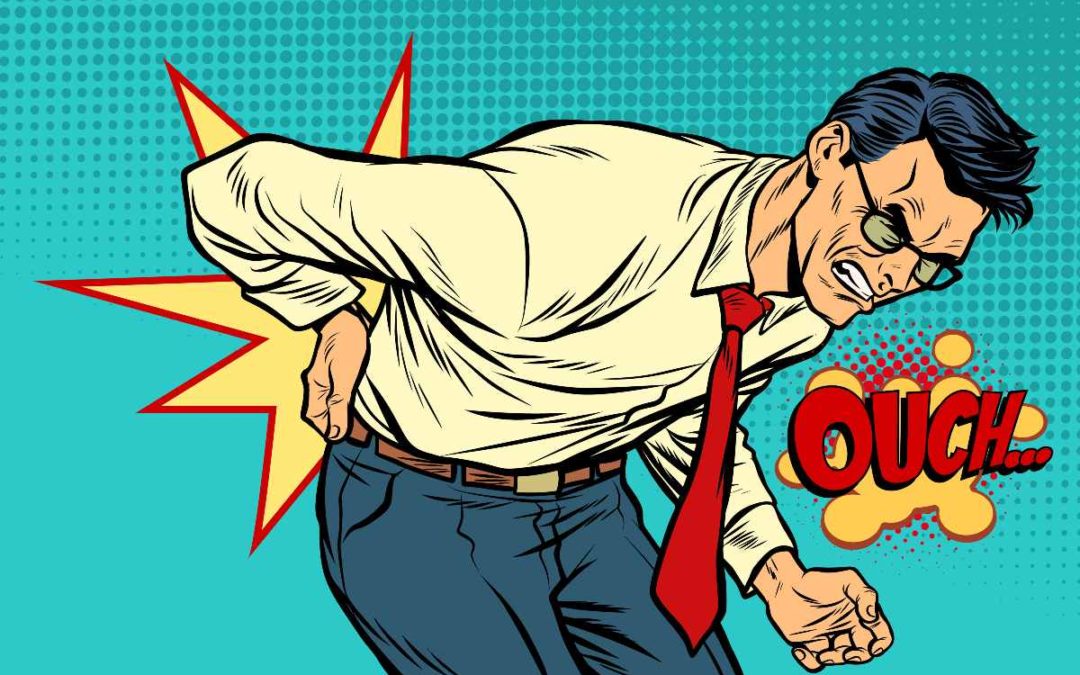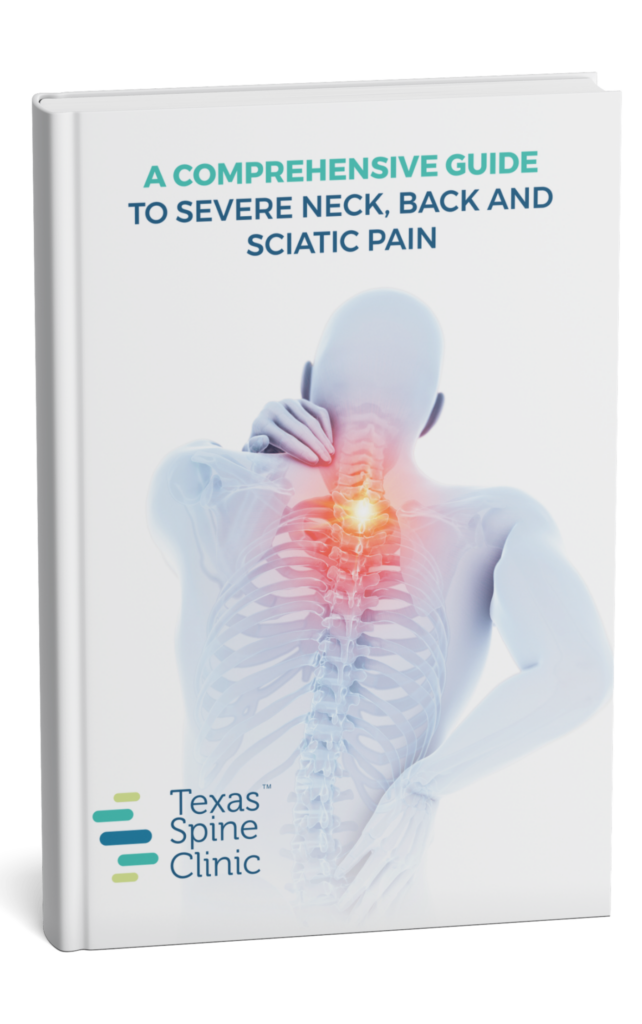Stretching throughout the day is profoundly beneficial for both body and mind. Muscle tone and elasticity decrease during everyday activity, especially for those who live sedentary lifestyles. Stretching restores proper muscle readiness and ensures the greatest elasticity for muscles. That’s why stretching is great for lower back pain. Allowing muscles to perform at their maximum potential can reduce the load on damaged parts of the spine. It can also strengthen the body’s ability to bear the pressure of sitting and intense exercise.
Stretching Tips
Stretching can damage your muscles and ligaments if not done properly. Use these tips to help create an effective stretching regimen for your pain.
Stretch slowly
Once you’ve reached a full stretch, hold it in place for 20-30 seconds. A muscle held in the stretch position will be more elastic. Elastic muscles increase range of movement and help prevent injury.
Give yourself room
A good stretching space should be twice the size of your outstretched body. Doing stretches in a confined space largely defeats the purpose. If you don’t open your body, you’re not receiving any benefits. Stretch in a large space where you can flex with ease.
Wear comfortable clothes
When stretching, make sure to wear clothes you can stretch in without feeling uncomfortable. For men, shorts and a loose shirt are great. For women, clothes for yoga or light exercise work well. If you are at work, loosen your clothing in a private space so that your clothes don’t restrict your movement.
Don’t overdo it
If ligaments stretch to over 4% of their original length, they can sustain permanent damage.
Don’t stretch to the point of pain. Overstretching can hurt your muscles and cause serious health issues. A proper stretch should produce a feeling of relaxation and euphoria.
When to Stretch
- For office workers
Try to do it mid-day, around lunch time. You can relieve morning back pain and break up your sitting schedule. You’ll also help enhance your blood flow. Stretch again before heading home for the day. - For athletes
Stretching before and after exercise never hurts. If you are an athlete with back pain, it may be due to high-impact exercise. Stretching slowly through your full range of motion can ready your muscles for specific activities. This will decrease the strain on load-bearing areas such as the lower back.
Pain Relieving Stretches
For back pain, focus your stretching time on positions that remove weight from your lower back.
Hamstring Stretch
This is one of the most popular at-home remedies for back pain. Lay flat on your back with your head on the ground. Start with both legs flat as well. Pull one leg up as vertical as possible. Wrap both hands around it below the knee. Pull the knee toward your chin to relieve pressure on the back. Flatten your stretched leg before switching to the other.
Knees to Chest
This is similar to the hamstring stretch. Begin by laying flat with both legs straight. Bend one leg at the knee and pull it up to your chest. Wrap your hands around the top of the knee and pull it toward your chin. You should feel the lowest part of your back stretched and relieved.
Knee Twist
From the knees to chest stretch, pull both knees up to your chest at the same time. Pull your arms out flat in the shape of a T. Push your hips to one side so your bottom leg rests on the ground. Your top leg should be on the bottom leg. Keep your shoulders on the ground and hold. Switch sides after holding.
Sphinx Pose
Lay flat on your stomach with your forearms straight out in front of you for balance. Pull your torso up so you face forward. Pull the lower back up to curve the spine and stretch out sore back muscles.
Spinal Stretch
While on your back, slowly twist your body so one arm is outstretched. Bend your legs at the knee and push them in the opposite direction of your outstretched arm. Face in the direction of the stretched arm to maximize comfort. This stretch elongates the spine.
Complete Back Stretch
Use a solid, unmoving object. Make sure the object can be grasped with the full strength of your grip. Hold onto the object and walk your entire body outward until your arms are outstretched. Lower your head and push the lower half of your body outward.




